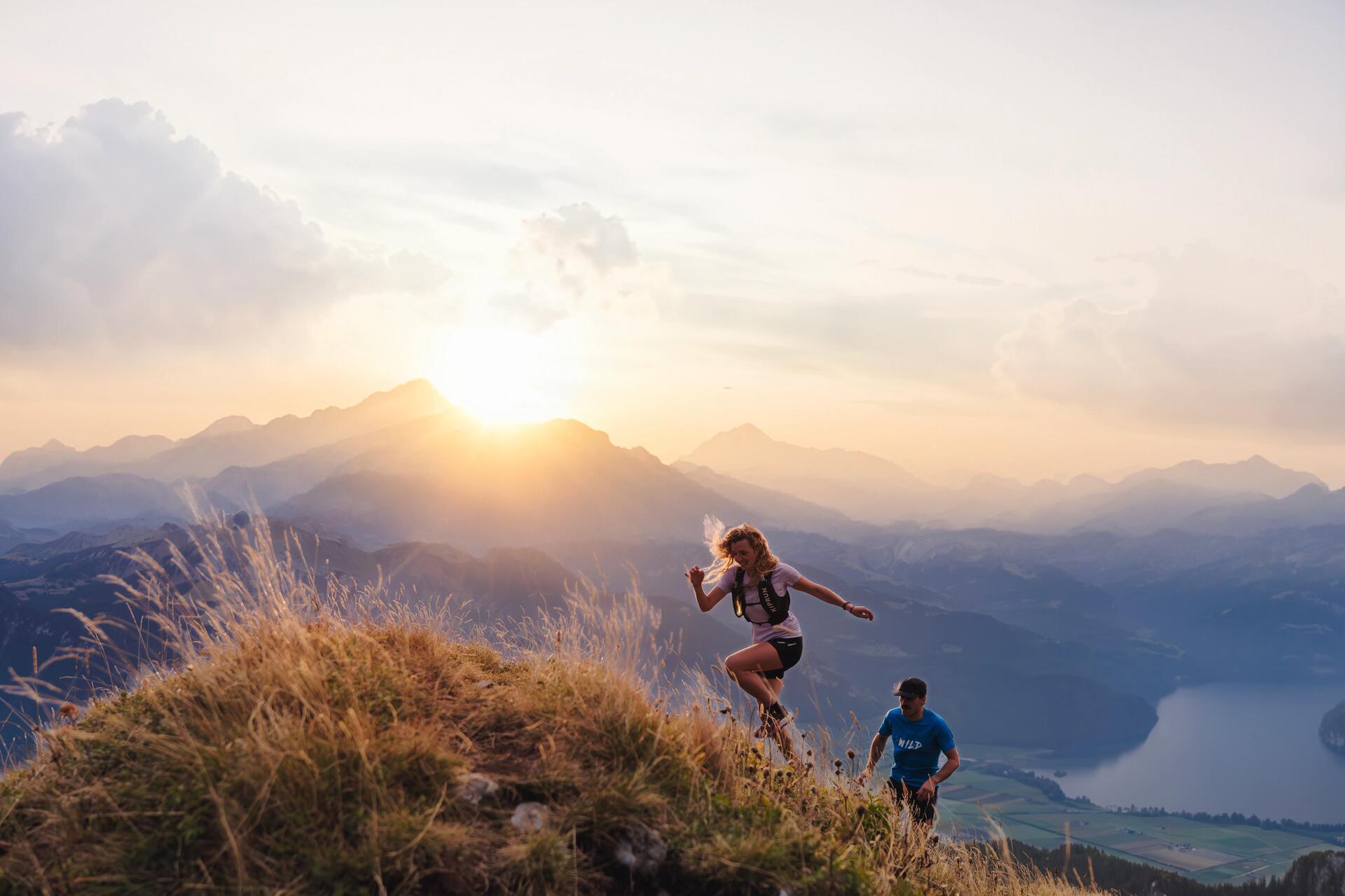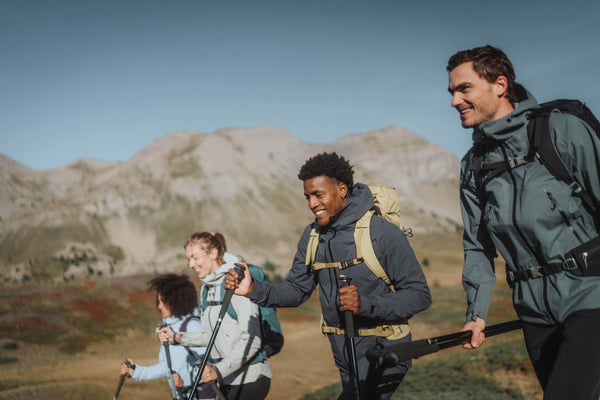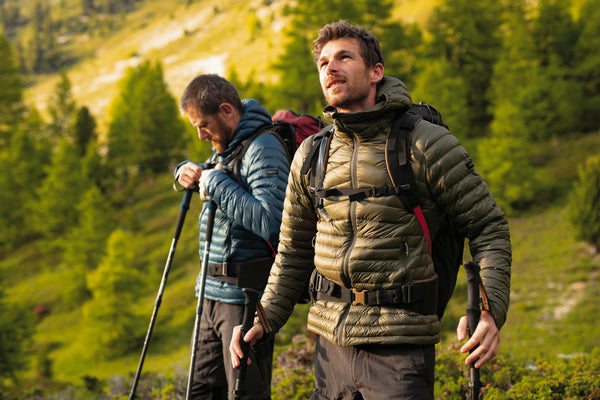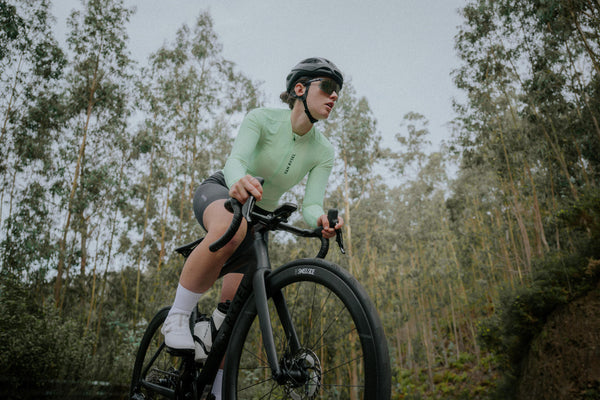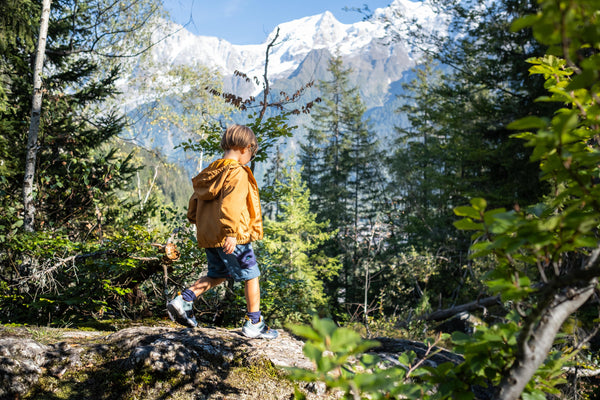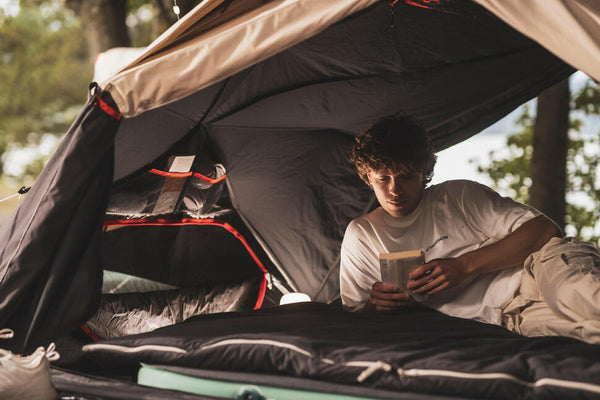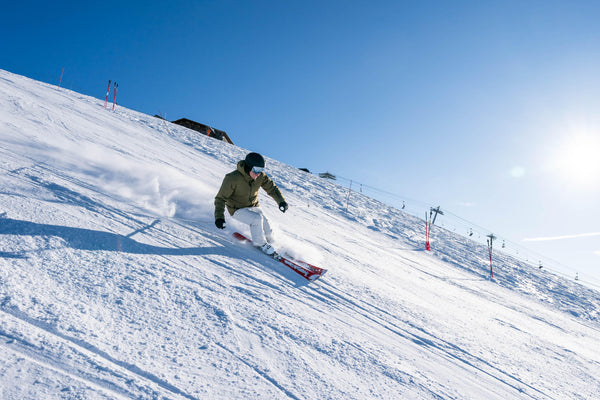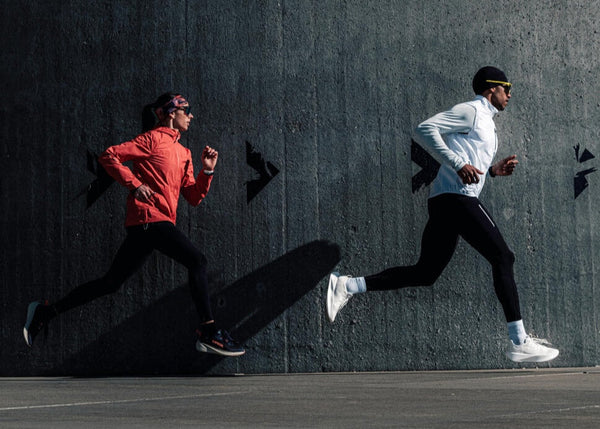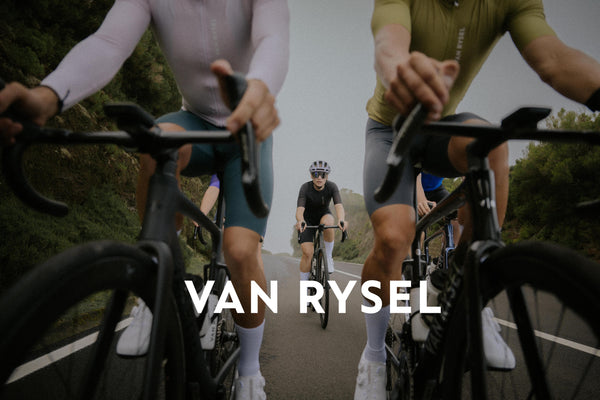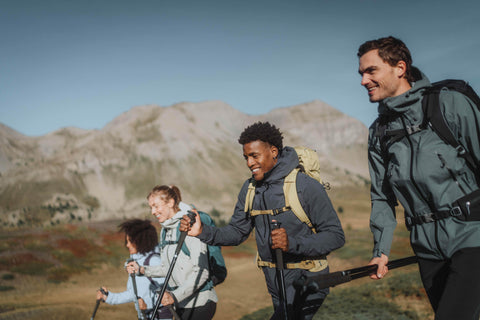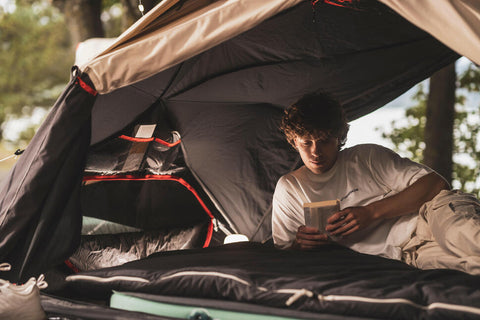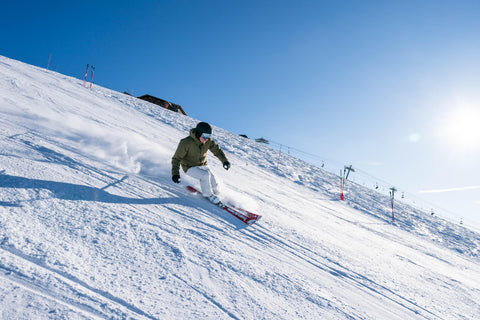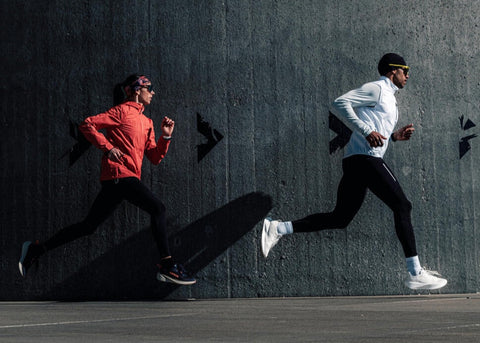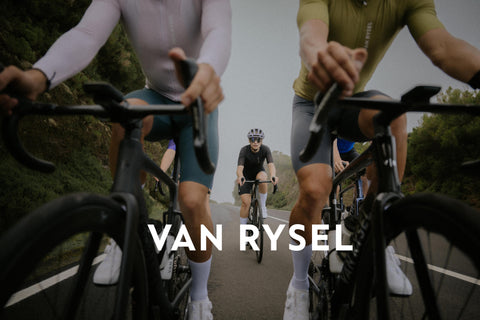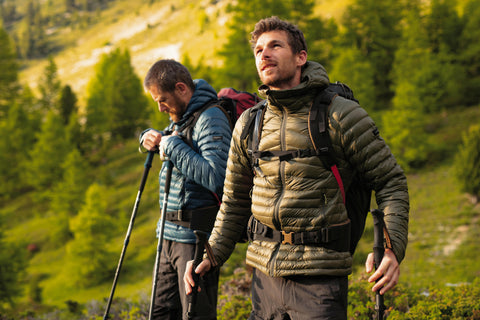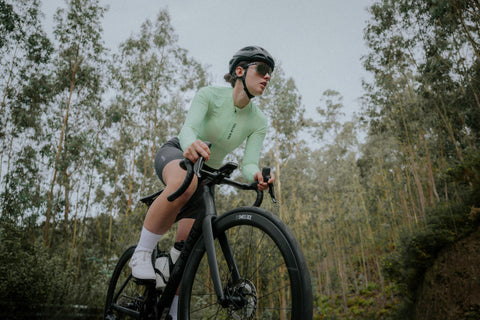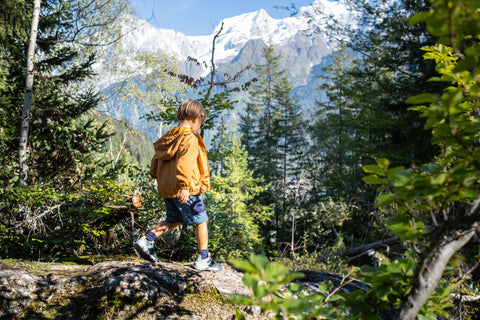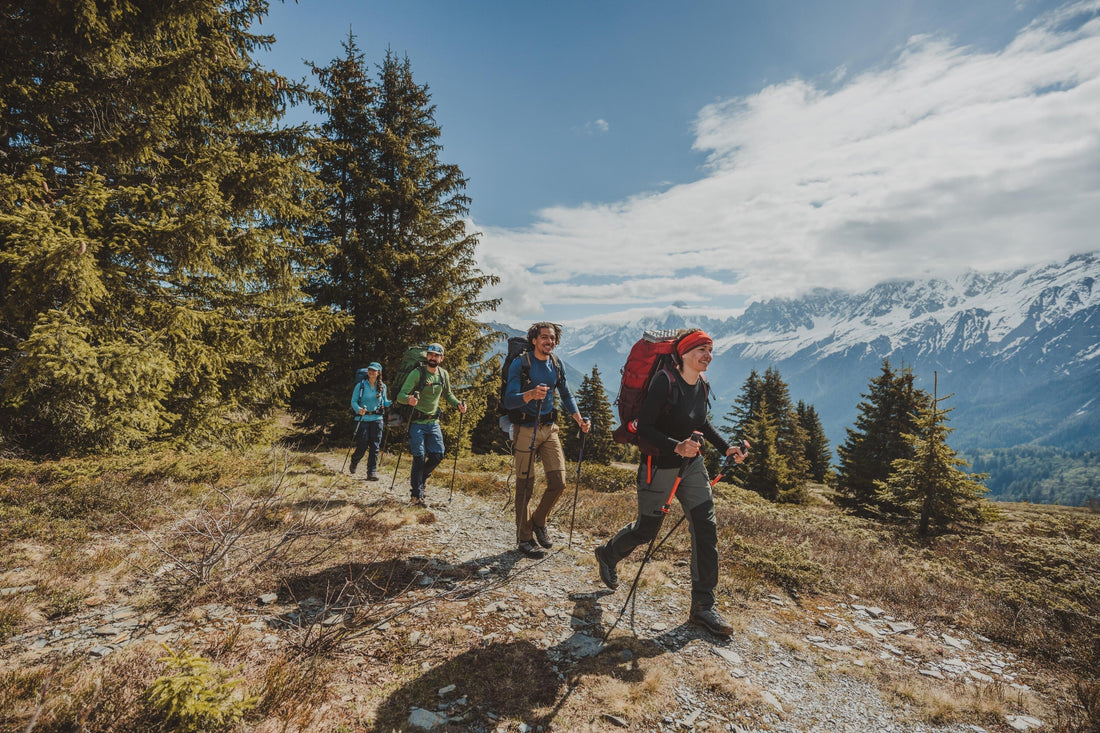
Playing for the Future: Decathlon's Commitment to Sustainability
Share
At Decathlon, we believe the world is our playground. From mountain trails to local parks and vast oceans, these are the places we go to move, explore, and recharge. As sports lovers, we see firsthand that our playgrounds are facing major environmental challenges.
We also know that our business—from creating a backpack to shipping a tent—has a major impact. That's why we are committed to playing our part, not just as a retailer, but as a responsible teammate in the global effort to protect our planet.
We've built a comprehensive game plan to move our business toward a more sustainable future. Here’s an inside look at our commitments.
Our Four-Pillar Game Plan
Our strategy is built on four key pillars that guide our decisions, from our global headquarters to our local stores.
1. Limiting the Impacts of Climate Change

This is our biggest priority. We are committed to reaching Net Zero greenhouse gas emissions across our entire value chain by 2050, in line with the Paris Agreement.
In 2024, our work was recognized with an A rating from the Carbon Disclosure Project, placing us on their prestigious A-List for the first time.
To make sure we get there, we've set aggressive short-term goals validated by the Science Based Targets initiative (SBTi):
- A 42% reduction in our absolute Scope 1, 2, and 3 greenhouse gas emissions by 2030 (from our 2021 baseline).
For the second year in a row, we've successfully reduced our absolute carbon emissions even while growing as a company. We’re focused on decarbonizing our activities, especially in product manufacturing, which is our largest source of emissions.
Want the full details on our climate strategy? Dive deeper into our climate commitments here.
2. Scaling the Circular Economy
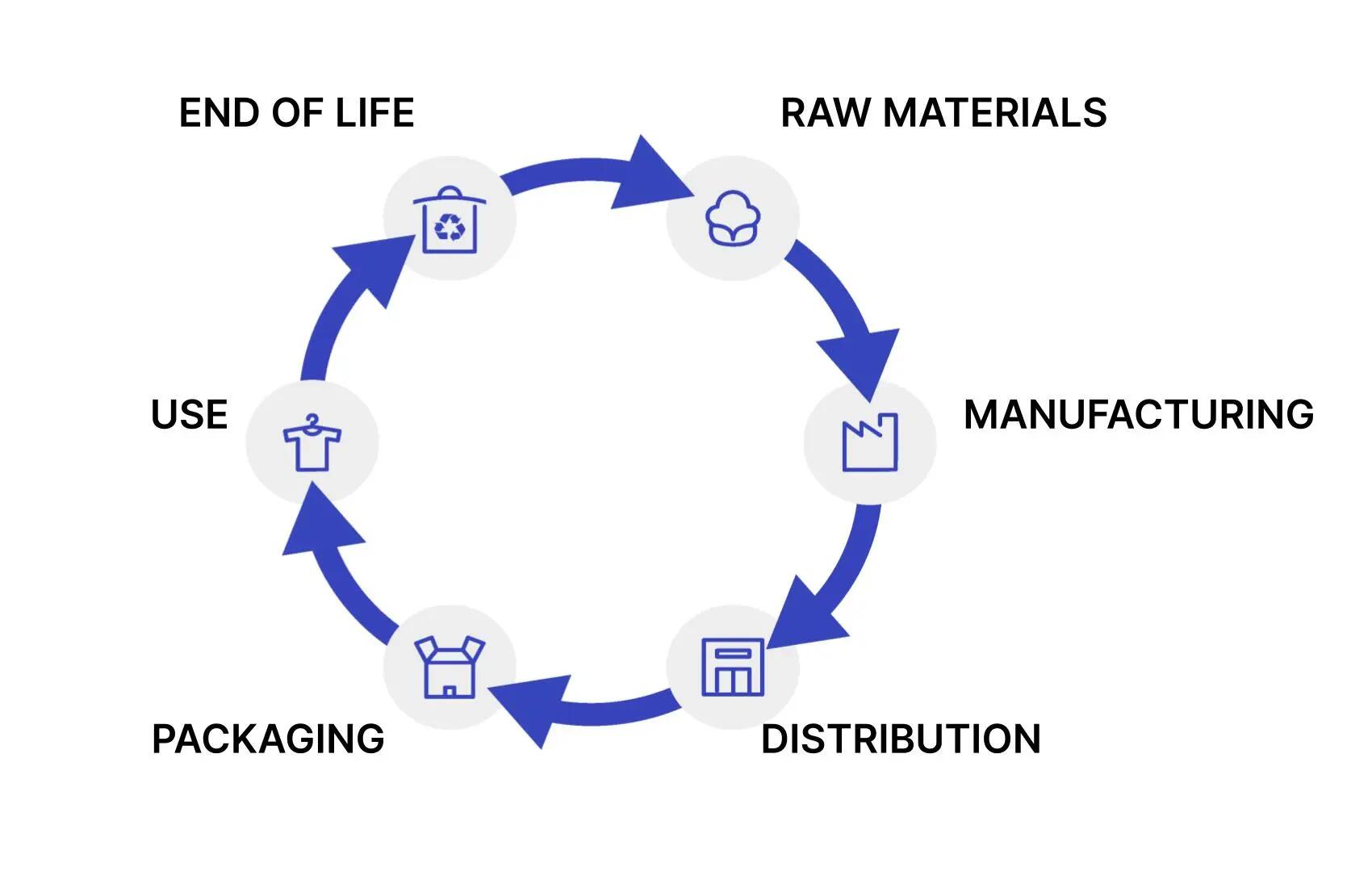
The old "take-make-waste" model is broken. We are moving toward a future that creates value by designing waste out of the system from the very beginning.
For us, the circular economy starts with an ecodesign approach. Our global circular strategy includes services like product repair, rental, and Second Life, and the foundation of that strategy is already built into the products you can buy today:
- Designing for Durability: The most sustainable product is the one that lasts. We are so confident in the durability of our gear that we back it with a 2-year warranty on all products and an impressive 10-year warranty on our hiking backpacks.
- Using Recycled Materials: Many of our products, like our fleece jackets, are made with recycled materials, turning old waste into new gear.
- Designing for Repairability: We build our products to be fixable. This design-for-repair approach is a key part of our commitment to extending a product's life. which is why we offer a collection of repair kits, patches, and spare parts to help you mend your gear and keep it on the trail.
Learn more about our vision for a world without waste. Explore our circular initiatives.
3. Promoting Social Impact
Our responsibility extends to all the people we connect with. We are dedicated to ensuring that our business benefits society, from our teammates to our suppliers and the communities where we operate.
A cornerstone of this commitment is our work on the "living wage." This concept goes beyond the legal minimum wage to ensure workers in our supply chain are paid enough to afford basic needs like food, housing, healthcare, and education for their families. We are also committed to the United Nations Global Compact, aligning our operations with ten universal principles in human rights, labor, and the environment.
See how we're working to support people and communities. Read about our social impact strategy.
4. Growing Our Business Regeneratively
We are beginning the critical work of reducing biodiversity loss. This means shifting our thinking to not just reduce our negative impact, but to find ways to have a positive, regenerative effect on the ecosystems we all depend on for clean air, water, and healthy soil.
Learn more about this crucial link. Explore our work on biodiversity.
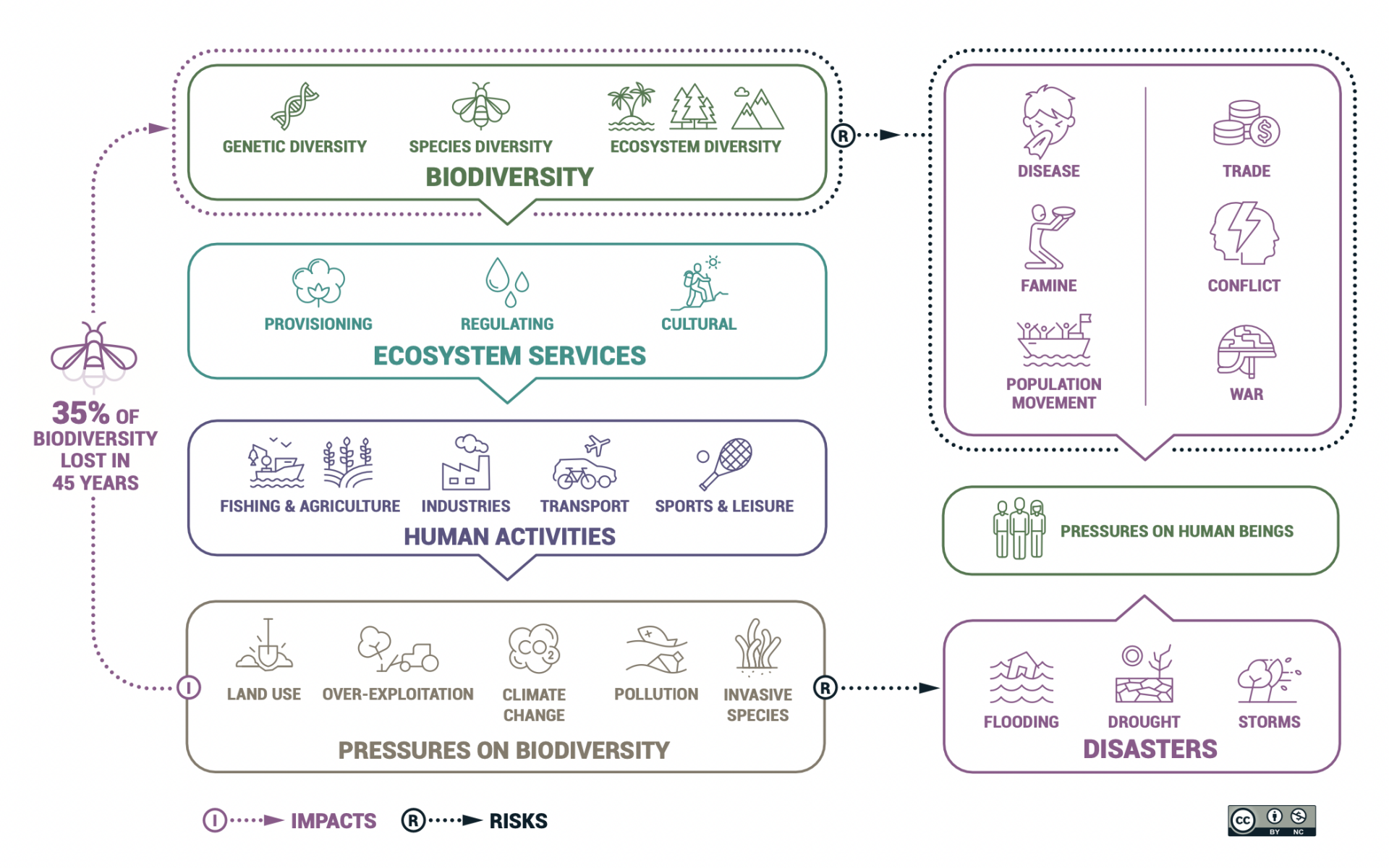
How We Turn Goals into Gear
Abstract goals are great, but how do they show up in the products you buy? It all comes down to how our products are made.
The Power of Our Ecodesign Approach
In 2024, 60.7% of our entire carbon footprint came from raw material extraction and product manufacturing. This is our single biggest area of impact, and it's where we can make the most difference.
Because we design our own products, we have the unique ability to control their entire lifecycle. This is the foundation of our ecodesign approach—a philosophy where we intentionally rethink every stage of a product's life to minimize its environmental footprint. It’s about making conscious choices in materials and manufacturing processes long before a product ever reaches the shelf.
This includes:
- Using recycled materials, like making a hiking fleece from recycled polyester.
- Using sustainable materials, like organic cotton.
- Using innovative dyeing processes that use significantly less water.
- Creating "undyed" products that eliminate the dyeing process altogether, like the SIMOND Minimal 'undyed' edition down jackets.
- Designing for durability and repairability, so your gear lasts longer and is easier to fix.
In 2024, 48.5% of our global sales came from products benefiting from this ecodesign approach, and we are working to make that 100%.
See our ecodesign approach in action with real product stories. Learn how we design our products.
How We Know a Product's Impact
We don't just guess. We use a scientific method called Life Cycle Analysis (LCA) to measure a product's environmental footprint at every single stage, from raw materials to transport to how you use it (like washing a shirt) and its end of life.
This analysis gives us a carbon footprint in kg CO2e (kilograms of CO2 equivalent). This data is what allows our engineers to make smart, ecodesign choices.
Get the full story on how we calculate our footprint. Learn about our environmental assessment process.
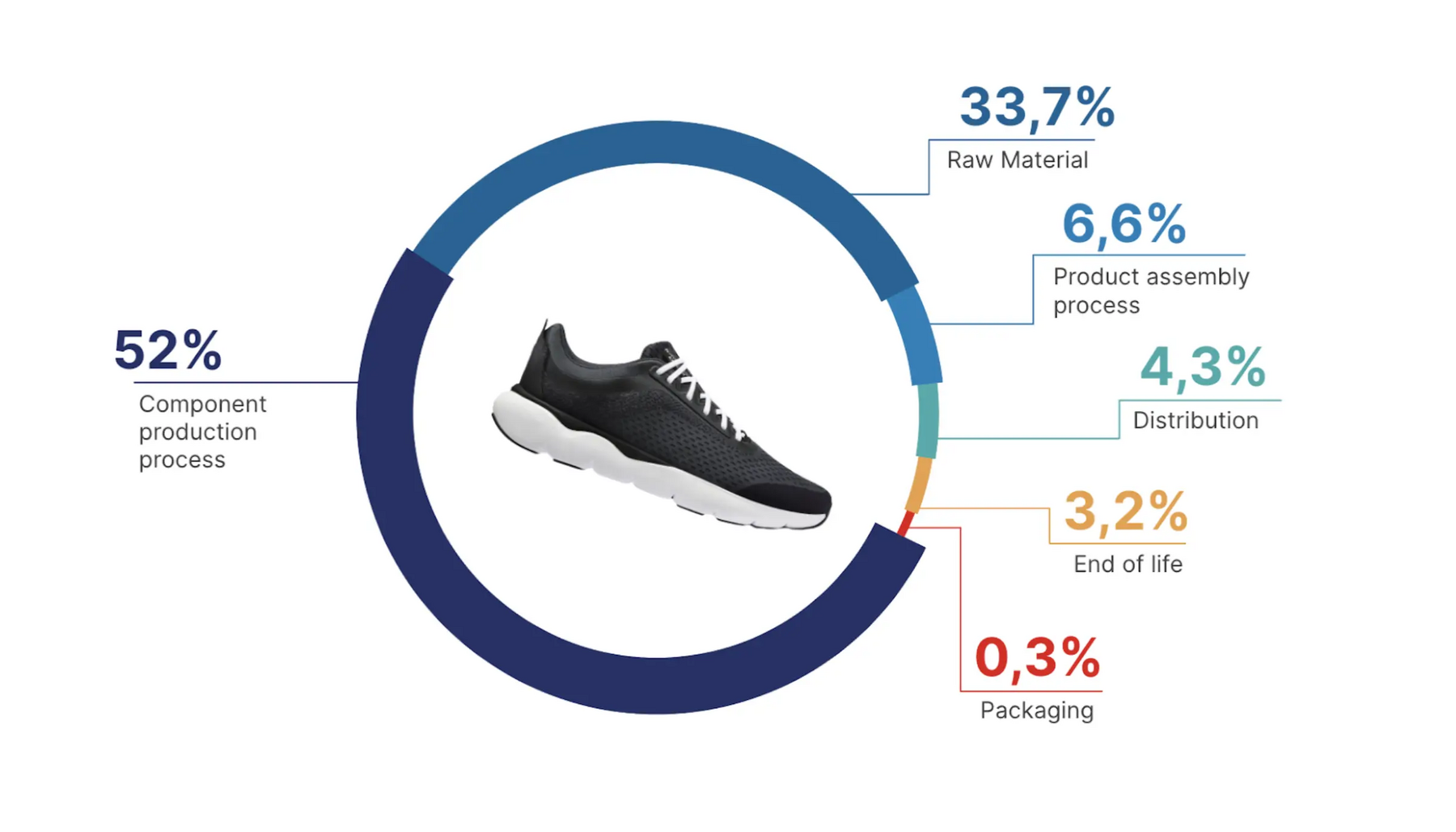
A Special Focus: Tackling Plastic
From our packaging to the fibers in our clothes, plastic is a major challenge. We are conducting research to measure and reduce our plastic footprint everywhere.
- Eliminating Single-Use Plastic: We've eliminated 1,663 tonnes of single-use plastic in 2024 alone. By the end of 2024, we will no longer offer single-use plastic checkout bags in our stores worldwide.
- Fighting Microplastics: We are actively researching how textile fibers (microplastics) are released during washing. The goal is to create a database by 2025 that helps our designers create fabrics that shed less.
See our full plan to fight plastic pollution. Explore our commitments for the ocean.
Working with Our Partners
We don't make our products alone. We work with 949 "Rank 1" suppliers who assemble our products and 291 "Rank 2" suppliers who provide materials. A huge part of our climate and social strategy involves working closely with these partners to improve energy efficiency, transition away from coal, and ensure our code of conduct is respected.
Learn more about our supply chain.

Join Us on the Journey
Sustainability is a team sport, and it's a journey without a finish line. We are committed to being transparent about our progress and our challenges. Every time you choose a product with an ecodesign approach, repair your gear, or pass your used equipment on to a new adventurer, you're playing a part in this mission.
Thank you for being on the team.
To explore all of our sustainability initiatives, reports, and data in one place, visit our global sustainability hub. See our full list of environmental challenges and actions.
